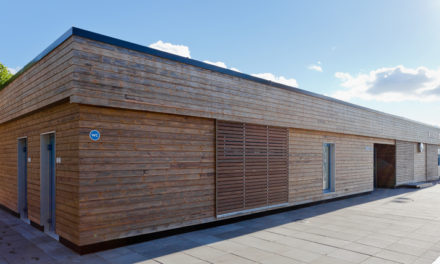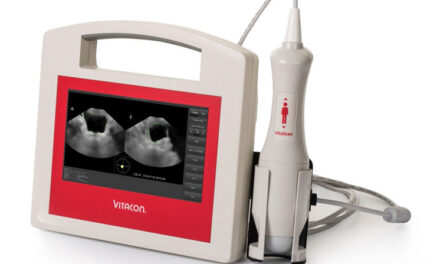
At this year’s Hannover Messe, Siemens and Bugatti Automobiles are presenting the world’s largest hybrid functional assembly, based on 3D printed hollow and thin walled titanium metal components and ceramic-coated wound high-modulus carbon fiber tubes: an extremely lightweight yet ultra-rigid rear wing travel and adjustment system for the Bugatti Chiron.
Utilizing the power of an integrated product development software platform, the already lightweight Bugatti Chiron wing system was further reduced in weight by 50% while maintaining its same rigidity. This was accomplished by combining 3D printed titanium components, made using SLM, and carbon fiber reinforced tubes.
 The Chiron, like its predecessor, the Veyron, moves at speeds far beyond 400km/h. While a Boeing 747 jumbo-jet takes off from the ground at 280 km/h, the Bugatti super sports car must remain safely on the ground at these high speeds and cope with the extremely high transverse and longitudinal dynamic requirements. This is only possible through the use of active vehicle aerodynamics. With the help of a sophisticated hydraulic system, the distance of the vehicle to the road is precisely controlled using a rear wing that extends and aligns while vehicle front diffuser flaps open and close. This system is unique in the automotive world and its complexity is only comparable to corresponding aviation systems.
The Chiron, like its predecessor, the Veyron, moves at speeds far beyond 400km/h. While a Boeing 747 jumbo-jet takes off from the ground at 280 km/h, the Bugatti super sports car must remain safely on the ground at these high speeds and cope with the extremely high transverse and longitudinal dynamic requirements. This is only possible through the use of active vehicle aerodynamics. With the help of a sophisticated hydraulic system, the distance of the vehicle to the road is precisely controlled using a rear wing that extends and aligns while vehicle front diffuser flaps open and close. This system is unique in the automotive world and its complexity is only comparable to corresponding aviation systems.
Siemens and Bugatti have carried out the entire innovation process, from the virtual wind tunnel to component initial design, in one software platform for the purpose of showcasing an end-to-end process at Hannover Messe. Using one platform helps to avoid time-consuming and often error-prone data conversions between different file formats and re-modeling of designs. The results are more precise and the time required to get to the first component is dramatically reduced. Even the virtual wind tunnel and the virtual test tracks are part of the Siemens vehicle engineering solution, enabling the marriage of the digital product and production twins from concept through optimization and on to production, including CNC machine control for part finishing.
– By simulating functional performance throughout the entire vehicle development process chain using one integrated platform, from aerodynamics through a highly complex body to the additive manufacturing process for lightweight components, we can gain an enormous advantage when striving to push the limits of performance for an already perfect car, say Mr. Götzke, Head of New Technologies at Bugatti.
– We’re thrilled to collaborate with Siemens and other excellent partners to showcase what’s possible for the automotive world by combining the latest technologies and expertise.
The Bugatti Chiron (image courtesy Bugatti Automobiles)






